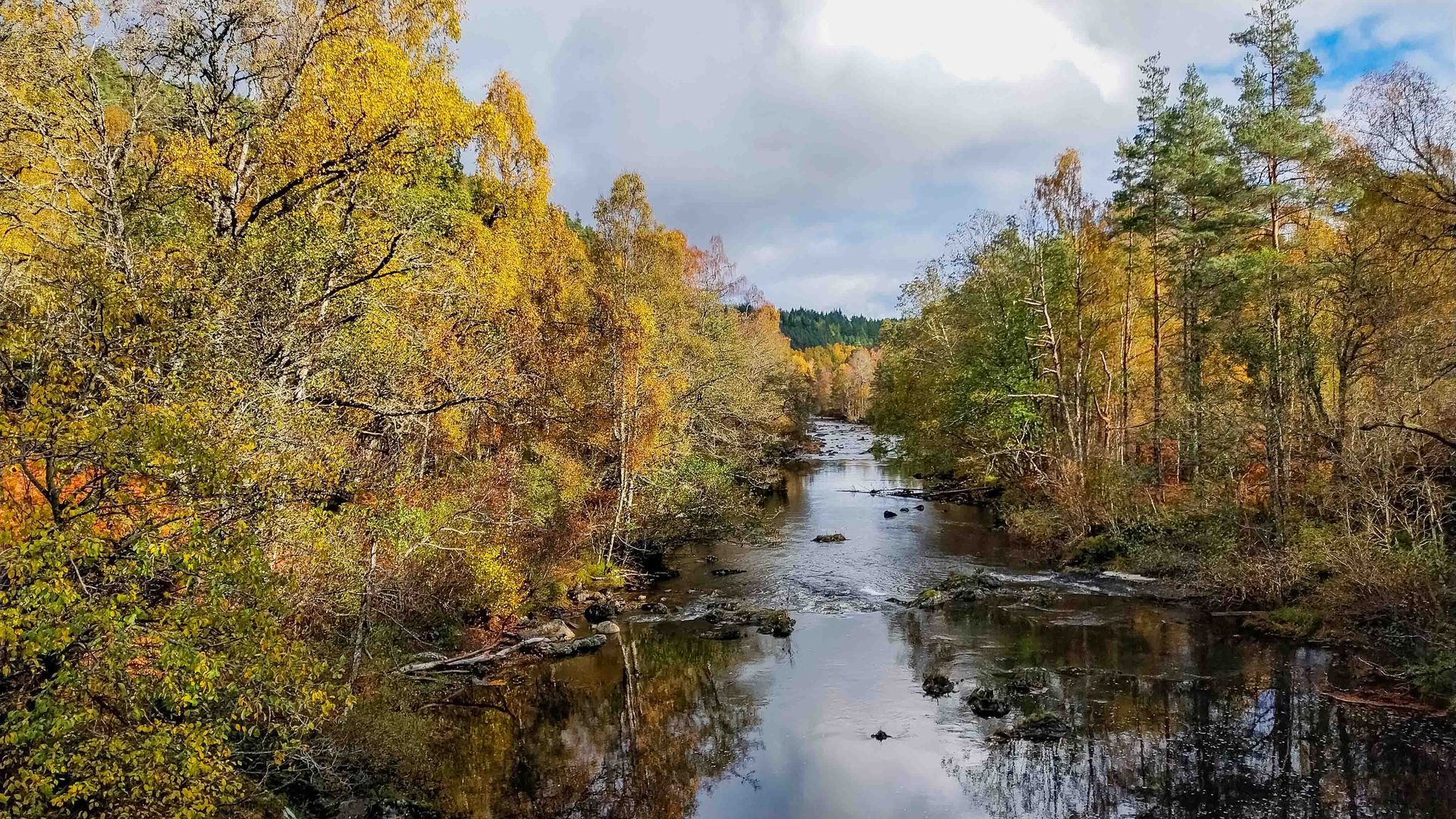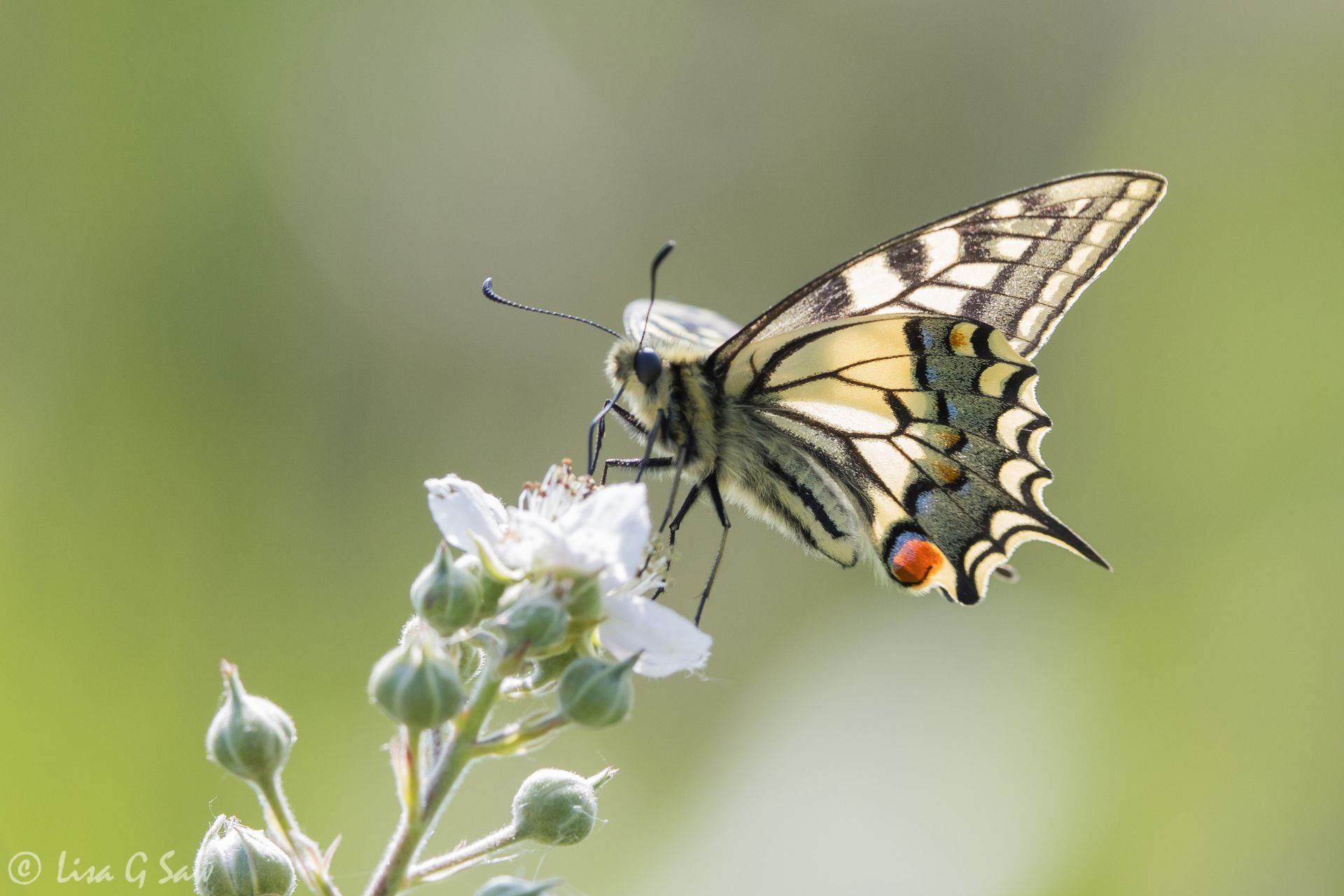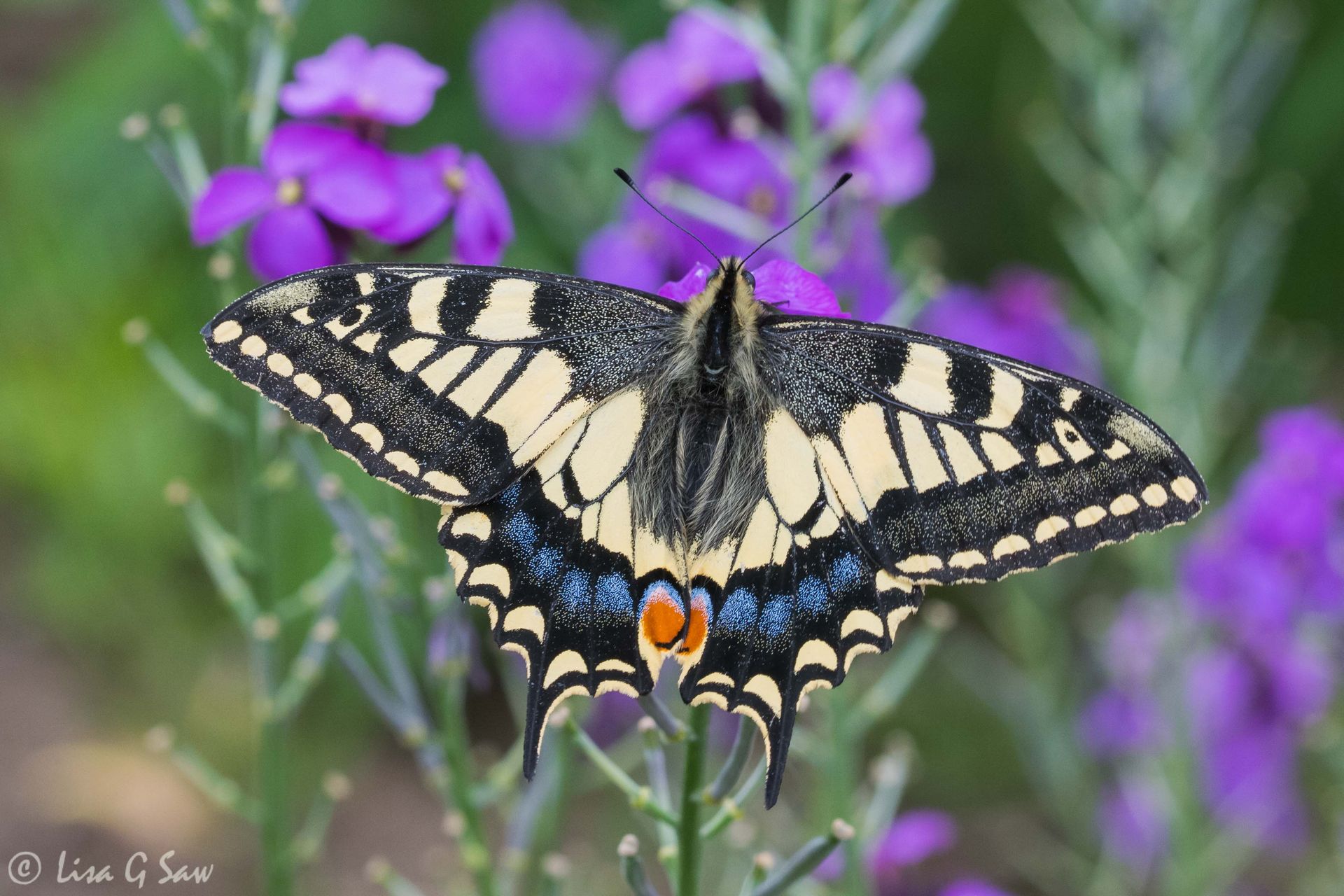A Day at Minsmere
Bob and I had just experienced a wonderful four days in Norfolk in search of the Swallowtail butterfly, which I'd never seen before, and we decided to head home via RSPB Minsmere in Suffolk. Both of us had only ever been to this reserve once before, many years ago, before we knew each other. That first visit for me was a memorable occasion because it was the first time I saw Eurasian Otters in the wild and my first ever sighting of an Eurasian Bittern. Aside from it being a lovely nature reserve to visit anyway, it was the lure of the bittern that was calling me back. We'd already had two lovely sightings of this shy and elusive waterbird in Norfolk, but I had higher hopes for a better, closer sighting at Minsmere having seen some fabulous photos on social media from a few weeks prior. So, whilst we were sad to be leaving Norfolk, I was eager for the day ahead and what we might see.
Things were off to a great start as we followed the woodland trail to one of the hides and saw a small cluster of people on the path ahead looking up. Someone had spotted a Tawny Owl high up in the trees. There was even a scope set up pointing towards it. The gentleman who owned it kindly invited us to have a look. It was fabulous to see the owl nestled close to the tree trunk and with its eyes shut, having a few winks. They sleep a lot in the daytime since they're mostly nocturnal. After looking through the scope, it was a case of trying to locate it it with my bins and see if I could take a photo. I was pleased with the image I was able to capture. More people came along the path and some people were struggling to spot it. Bob and I both ended up helping others try to locate it. It can be very difficult describing to others which line of trees and branches to follow with their eyes!
We walked to the furthest hide that overlooked the reedbeds. It was from this hide that I'd seen my first bittern, so I was really hoping we would have success again. It meant we'd have to spend several hours patiently waiting for something to happen. Having done a lot of walking over the previous three days, the thought of sitting in a hide for a few hours was actually quite welcome for both of us. It wasn't as if there wasn't anything else to see in the meantime. There were birds on the water and flying around, and dragonflies and damselflies too, seen much closer to us along the smaller channels of water.
I was borrowing Bob's 500mm lens for the day, so I was keen to experiment a bit with it. We had a lot of Marsh Harrier sightings (mostly males), but not especially close. However, I did enjoy photographing some Common Terns that flew closer to the hide at times. They have lovely distinctive red legs and a red beak with a black tip. Terns are such an elegant bird and I've now seen a few different species of them. I particularly like the way they hover over water before diving down and catching their prey - mostly small fish.
Some Bearded Tits were hiding amongst the reeds on one side of the hide, but as before in Norfolk, they seldom came into view. On the few occasions they moved to another area, they were so quick, I could barely tell what they were, let alone take any photographs. But, eventually, a couple of males were seen perching on the reeds in fairly good view. Lovely. They're another favourite bird species of mine which I only saw for the first time a few years ago, closer to home.
Several hours passed without any bittern activity, but I was still hopeful we might at least see one fly across the reeds, like I had the first time. A member of staff said she'd be surprised if we didn't see something within two to three hours of sitting tight. Well, she wasn't wrong! Suddenly, the couple sitting at one end of the hide made us aware - with hushed voices - that a bittern had appeared from within the reeds just below where they were sitting. I couldn't believe it. Of course, everyone in the hide wanted to have a view of this remarkable bird. Bob and I stood on one side of the large window opening and both saw it, within metres of us. It was fabulous to see, but with such powerful lenses on our cameras, taking any photos was going to be tricky. I tried though, only my camera wouldn't focus. Within moments the bittern had retreated back into the reeds. I was so frustrated and disappointed. It turned out my lens was set for a longer focal distance, so Bob quickly changed that. He had a 600mm lens on his camera and I don't think he had much luck either, so ended up putting a 300mm lens on as quickly as possible, just in case it was seen again.
As luck would have it, the bittern did reappear merely a metre or so from where it had been before. It was amazing to see how it stayed close to the reeds and moved so slowly, inching forwards towards the water, placing one long gangly leg forward. Its beautiful brown and cream coloured feathers were beautiful. Gradually, it crept out into the open a little more and lowered its long neck downwards a bit, keeping its eyes on the water for anything moving underneath the surface. I waited with baited breath for the moment it was going to suddenly plunge its head into the water to grab its prey. When it did, it all happened so quickly. Thankfully, I was firing a burst of images so was able to capture the moment when its neck extended into the water.
When it retracted its neck and its head resurfaced from the water, a fish was firmly clamped between its bill.
It even paused for a wonderful moment before it swallowed the fish whole. Fabulous! I never dreamed we'd actually see one this close!
The bittern even reappeared again a little further down, but I let someone else stand in my place and have a moment to enjoy it too. Apparently, this was an adolescent male and it has appeared a few times close to the hide on previous occasions, which was probably why there was a couple staking out that spot in the hide all day. I was just glad they let others see it too and share in the thrill, including a man in a wheelchair. Eventually it retreated from sight and a while later it was seen flying away.
It was a very special experience.
Shortly after that we decided to move on to another hide and see what else there was to see on the nature reserve. Walking back through the woodland once more gave us another view of the Tawny Owl from earlier, which was lovely, only this time it was in a different tree and not so easy to see or photograph.
When we arrived at the Bittern Hide, all the spots on the benches were occupied, so we stood up at first. Thankfully though, we didn't wait long as one couple left and we sat in their place. It was a much taller hide, which gave us some fabulous views of some birds of prey as they were flying around. The Marsh Harriers we'd been seeing before were now much closer occasionally and I was so pleased with the photos I was able to capture, including this male flying towards us. It looks so serious and focused as it's flying.
It's really easy to appreciate the darker wing tips of the males in this photo and its paler head (compared to the female).
I was so lucky that this one hovered virtually in front of us. It turned in such a way that I could see its lovely fanned tail, how its legs were dangling down and those sharp talons ready to grab prey - small birds, mammals and frogs.
It was another really special encounter with a striking bird.
I didn't see quite so many female Marsh Harriers close up, but one was close enough to photograph and you can see how it's more brown coloured. At one point, there was a male and female flying up in the sky close together, circling around each other for a bit. You can just about appreciate how the female is larger than the male, which is above her.
Whilst it was wonderful to have probably my best views of a Marsh Harrier, even this was eclipsed by even better sightings of another bird of prey - a Hobby. In fact, there were two on the wing in the area. It's a species I've only seen fleetingly before and usually some distance away, so I have next to no photos of this species. They're an amazingly fast bird (though not as fast as a Peregrine) and very agile and acrobatic. It amazes me how they can so accurately spot prey and quickly close in on them. I even had the opportunity to witness it. I was tracking one of the Hobbies as it flew down along the channel towards the hide and then saw it turn towards a Four-spotted Chaser. You can just see the dragonfly in the left of the photo below. Notice how one foot of the Hobby has started to lower slightly in readiness to grab its prey.
Bullseye!
Considering those were two successive frames, the gap in time between them is probably about 1/6 second! So, I guess this Hobby was travelling at a speed of about 325km/hr, which apparently isn't even top speed. They are reportedly able to travel just under 360km/hr at top speed. The Peregrine, which is faster still, can apparently reach speeds of nearly 390km/hr when it is diving down. These are pretty phenomenal figures for what can only be considered phenomenal birds of prey.
The Hobby is also known for the fact that it can eat on the wing. Just after it had caught the Four-spotted Chaser, it hovered in the air and started to eat it.
It was wonderful to see it so close to the hide on a couple of fly-bys. The Hobby is a similar size to a Kestrel, which is another familiar bird of prey we see in the UK. In these photos, you can easily see the Hobby's trademark dark "moustache" markings down the side of the face, in contrast to the white of the cheek. For me, it's the underside view that is really stunning, with its dark markings on both the body and the wings.
I can safely say I've had my best ever encounter with a Hobby and this is my favourite photo from the day. What a spectacular bird!
We even saw a bittern from this hide, but it was a distant view in comparison to earlier in the day, so I didn't bother to keep any of those photos. For us, it didn't quite measure up to our earlier experience, but for several people in the hide, they were very happy and justifiably so. It's always a treat to see one as they're so shy, unlike their close relatives the Grey Heron, which is much more commonly seen.
Eventually, we moved on from this hide. With it being so full, it wasn't exactly quiet, which was the only negative aspect of our experience that day.
We headed back to the visitor centre and decided to have a celebratory ice cream sitting outside. We were overlooking the sandbank where the Sand Martins had their nests and were enjoying watching them flying back and forth. A Corvid had its eye on the holes too, and he even tried poking its beak inside one, but thankfully it couldn't get in as the holes were too small for it.
By this time it was late in the afternoon, but we decided we'd stay longer and walk around the nature reserve following the loop trail. We didn't relish the idea of driving home in rush hour traffic. It was much more peaceful and enjoyable taking in the sights and sounds of Minsmere when the majority of visitors had left. It was still warm and sunny and a beautiful evening. There were still a few delights in store for us, including a Muntjac Deer meandering through the vegetation seemingly unaware of us.
There were dragonflies by the pond and butterflies along the footpath and when we reached the sea wall, we noticed the birds flying in from the sea with Sandeels in their beeks. Although there were Black-headed Gulls amongst them, it was the Sandwich Terns that we stopped to photograph. They have a black beak with a yellow tip to the bill. During the breeding season the head is black, but once they start incubating eggs, this changes to a more speckled appearance, which you can actually see in both these photos. Apparently, after the breeding season, it turns to white and that's when they migrate south to Africa.
At one point we followed the boardwalk and we spotted this juvenile bird. Its tail was quite short and if you look closely you can see the extended line at the base of the beak, which provides them with a larger gape than the adults. This is specifically to help with feeding, when they are still dependent on the adults even though they've fledged. I've read it usually disappears within a few weeks to a month of fledging. This one is a Cetti's Warbler, a bird I've often heard but seldom had good views of. However, this youngster was not as elusive as its parents usually are.
We ducked into a few of the hides along the way, but my favourite was the last one. We saw some Black-headed Gulls chicks on the ground. They looked like very scrawny fluffballs, still unable to fly. This one got up, walked around and looked like it was falling down as it almost face-planted the ground. Then suddenly it pooped! This photo just makes me laugh every time I see it!
There was one final treat for us, as we walked through the woods again on our way back to the car park. The Tawny Owl was seen one last time and finally in a lower position closer to the path. The light wasn't even too bad. It was a lovely way for us to end what had been an amazing day and a fabulous break in East Anglia. It's an area we both think of fondly and I know we'll be back to enjoy more of its amazing wildlife in the years to come.



